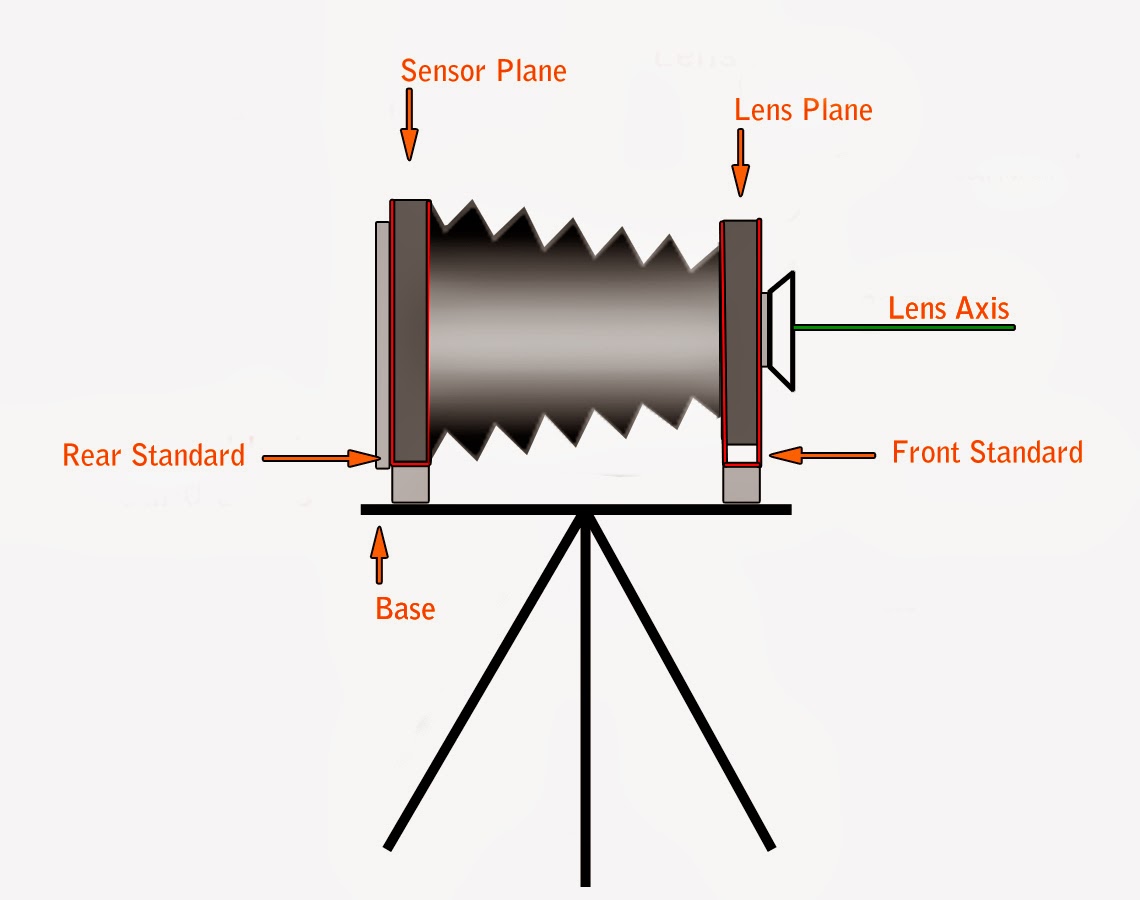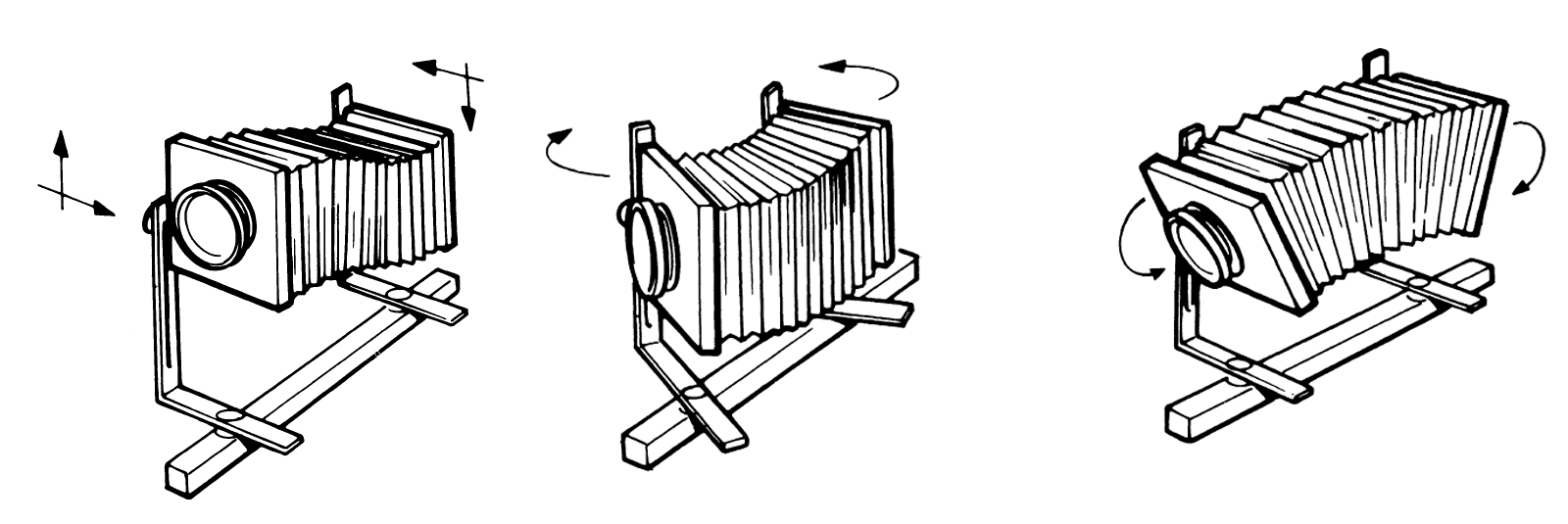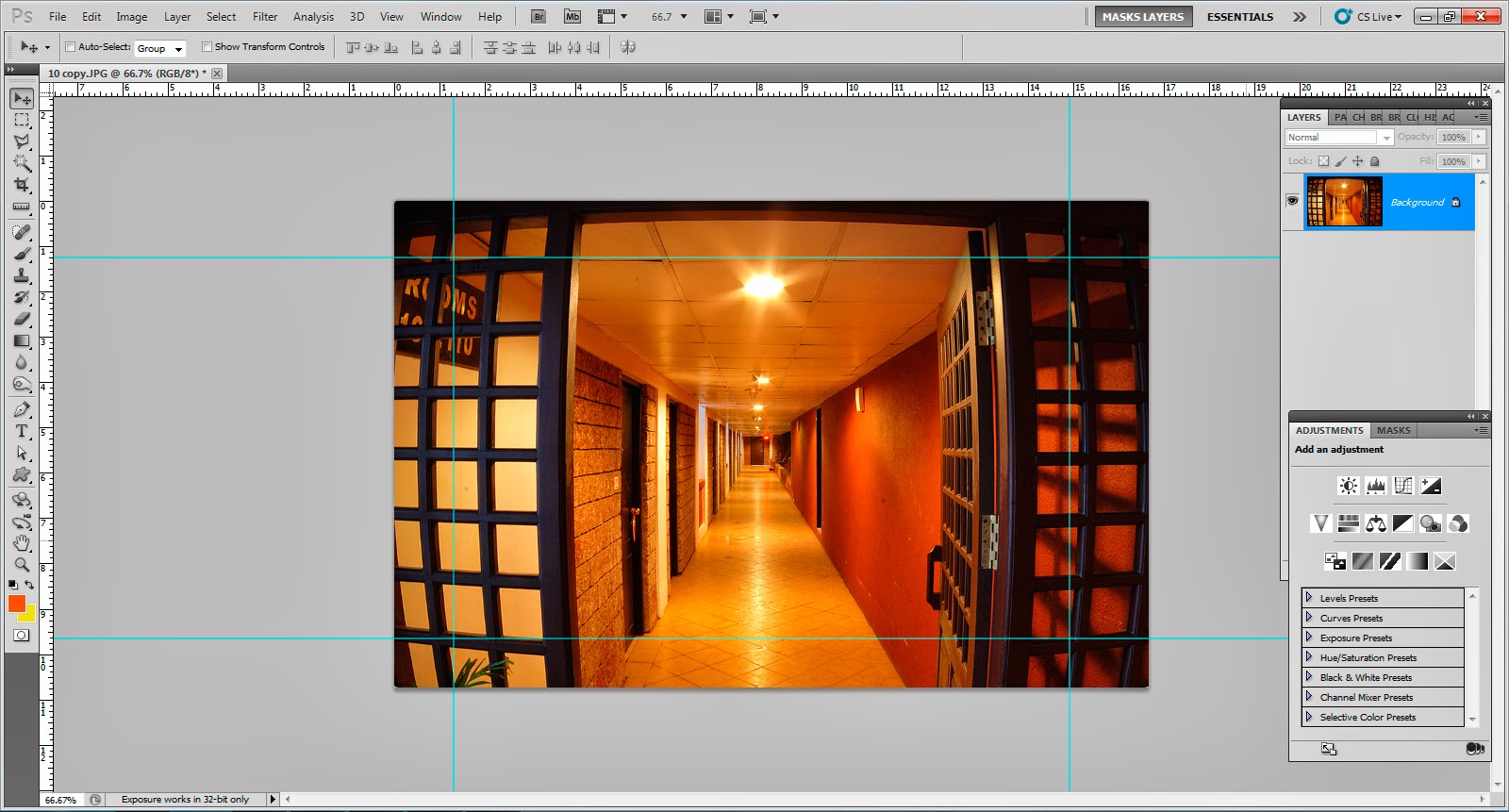When it comes to architecture and interiors photography, your tripod is your best friend, my advise to you is buy the best you can afford. It's perhaps more valuable than your camera or your sharpest lens, coz without a stable tripod good architectural photography is ...... impossible........well......almost.
 |
| tripod for architectural photography |
One thing to remember when shopping for tripods is that there is no one tripod that work for everyone. Buying a tripod can be a very personal decision, depending on each person's style and nature of work, the equipment and techniques frequently used etc. Generally it is best to buy a good set of legs and a good head separately.
Why a Good Tripod is Indispensable for Architectural Photography?
In architectural photography, especially when shooting interiors, every exposure is more or less a long exposure. Then comes the art of compositing two or more images to get a final result. Not to mention the need for precision alignment and then further fine tuning the camera position. I think now we have enough reasons to substantiate our claim that a good tripod is a must for architectural photographers.
Things to Consider When Choosing a Tripod for Shooting Architecture
Weight Rating
First consideration when buying a tripod for any type of photographic work is the weight rating. The tripod head and legs you select should be able to support the weight of your heaviest lens and your camera and then a couple of extra pounds. Do also consider any equipment acquisition that you might do in the future.
Stability
The tripod legs you choose must be able to easily support the weight of your camera and lens. Legs with more sections are more portable but less stable, for outdoor work spiked feet are more practical and for interior work rubber soles are more stable.
Height
Always choose a tripod that could at-least hold the camera at your eye level when fully extended (without extending the center column). It is not uncommon for architectural photographers to use tripods that extend much higher, this extra height comes in handy on many occasions, using the center column should be avoided whenever possible as it makes the whole setup vulnerable to camera shake.
Weight
Architectural photography often involves a lot of walking so it’s a good idea to keep your tripod as light as possible. Often this is a compromise between weight vs cost, stability and height. Carbon fiber tripods offer the best of both worlds, they are both light weight and extremely stable but is an expensive option.
The Importance of Choosing Right Kind of Tripod Head
Perfectly aligning the camera and fine tuning the camera position which are of paramount importance to architectural photography requires the ability to make camera movement in many axis-es independent of each other. And for this a 3 way pan and tilt head is the best option, geared 3 way pan and tilt heads like the Manfrotto 410 or Manfrotto 405 are even better. For those who seek the ultimate in geared heads irrespective of costs the Arca Swiss C1 Cube, Geared Tripod Head or ARCA-SWISS camera platform D4are quite simply the ultimate choice.
Understanding how a 3 way Pan and Tilt Head Works
As the name suggests the 3 way pan and tilt head allows camera movement in 3 directions; up and down, left and right, and pivot from portrait to landscape. All these movements can be made independent of each other. This is important in architectural photography because each movement has a different affect on the subject. Professional heads also incorporates dual axis bubble levels to better achieve level shots.
Choosing the Ideal Tripod and Head for Architectural Photography
An ideal tripod and head combination for architectural photography should have the following characteristics.
- It should be robust and sturdy, with sensitive controls for fine tuning the camera position.
- The head should facilitate movement in three dimensions.
- Preferably large sized handles for making fine and tight adjustments.
- The ability to move in each direction in precisely calibrated degrees of angle via markings on each axis.
- Should have bubble levels on 2 axis-es to better level the camera.
- Another useful time saving feature is the quick release plate.
- Tripod The legs should be sturdy should extend to a height above eye level for the greatest flexibility.
- Ideally black color legs and head to minimize problems caused by its own reflection in glass windows and other shiny objects.
- Interchangeable feet - Rubber feet on legs to prevent slipping or sliding on a smooth floors for interior work and spiked feet for exterior work.
- Ability to hang weights to better stabilize the tripod when working in unstable (windy) conditions.
As we have mentioned above the choice of tripod and head is truly a very personal thing. A professional grade tripod and head is not cheap and it is recommended you invest in a set only after trying it out so that you will know if it fits your style of work.
Related Reading
- Architectural Photography Tips - Necessary extras
- Perspective Control A.K.A Tilt Shift Lenses
- Understanding Camera Movements - Scheimpflug Adjustments
- Using Camera Movements in Architecture Photography - Shift Movements
- The Need For Camera Movements in Architectural Photography





















